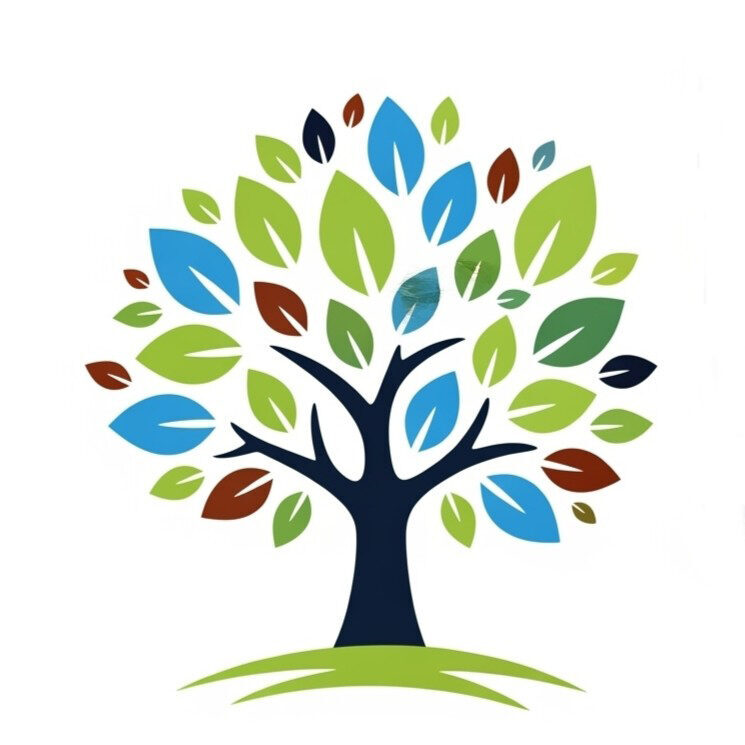Project
Biotect
Introduction
As urbanization accelerates globally, coupled with the effects of climate change, cities are becoming increasingly dense, paved, and disconnected from the natural environment. This rapid development often comes at the cost of green space, leading to a loss of biodiversity, increased heat island effects, and declining air quality. In response to these challenges, nature-based solutions such as green walls and living facades have emerged as vital tools for sustainable urban design.
Green walls—vegetated vertical surfaces integrated into buildings—not only enhance aesthetic appeal but also serve a deeper ecological purpose. They create microhabitats for birds, insects, and other fauna, contributing to urban biodiversity. By offering shelter, foraging resources, and nesting sites, green facades can support species that are otherwise marginalized in built environments.
This project explores the potential of green walls to increase biodiversity in cities while delivering co-benefits such as improved air quality, thermal insulation, stormwater management, psychological well-being and reducing CO2. It emphasizes the importance of integrating living architecture into urban planning strategies to create more resilient, vibrant, and ecologically inclusive spaces.
Challenge
Developing a smart, adaptive system that creates tailored plant collections for Leafy panels—living green walls—based on real-time environmental conditions (such as sunlight, wind, and water availability) and advanced flora & fauna scans developed by Wageningen University.
Main question
How can we create a generative system that translates site-specific environmental conditions into suitable plant combinations for Leafy panels?


